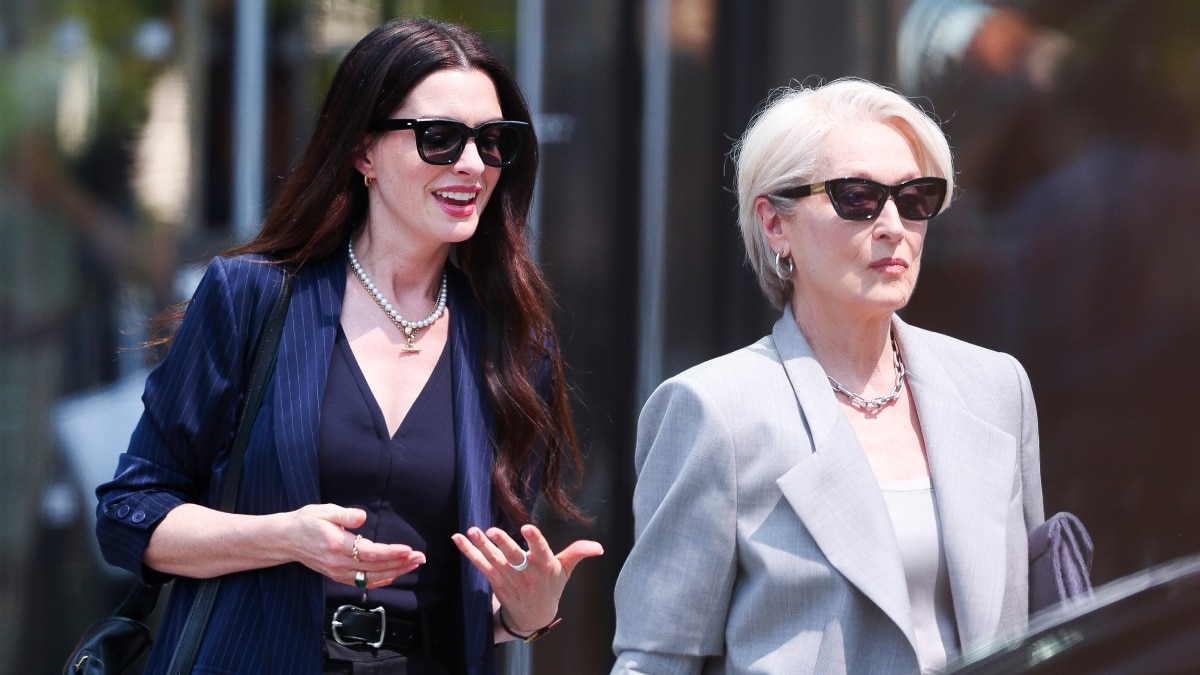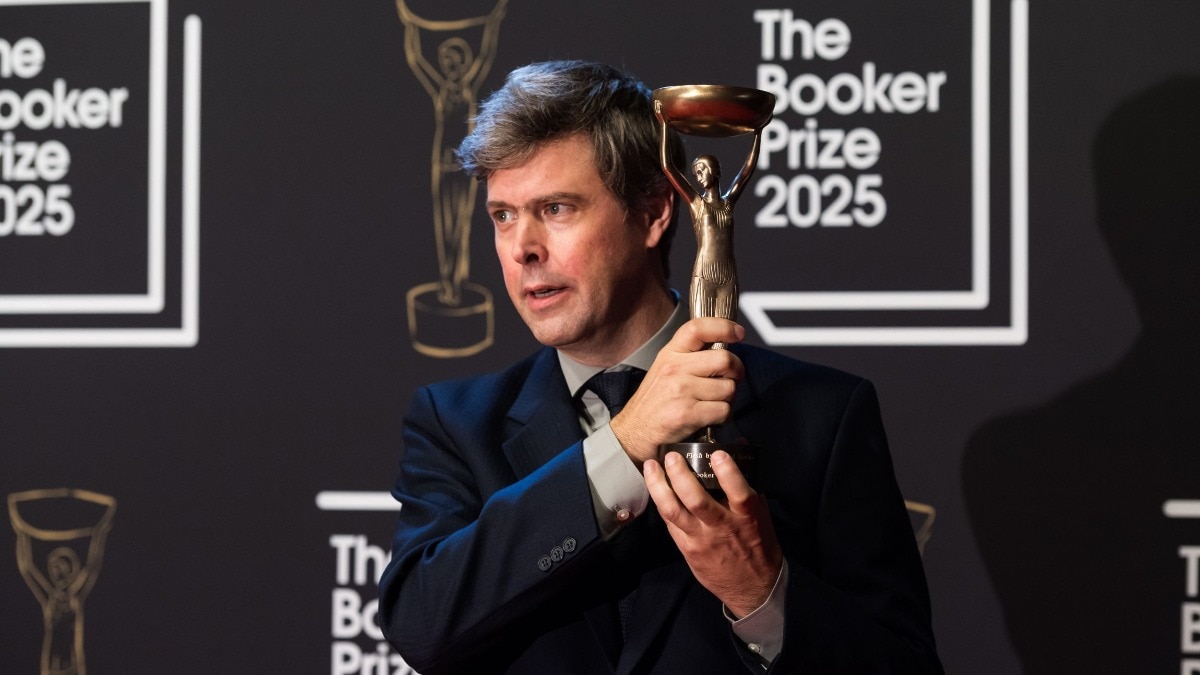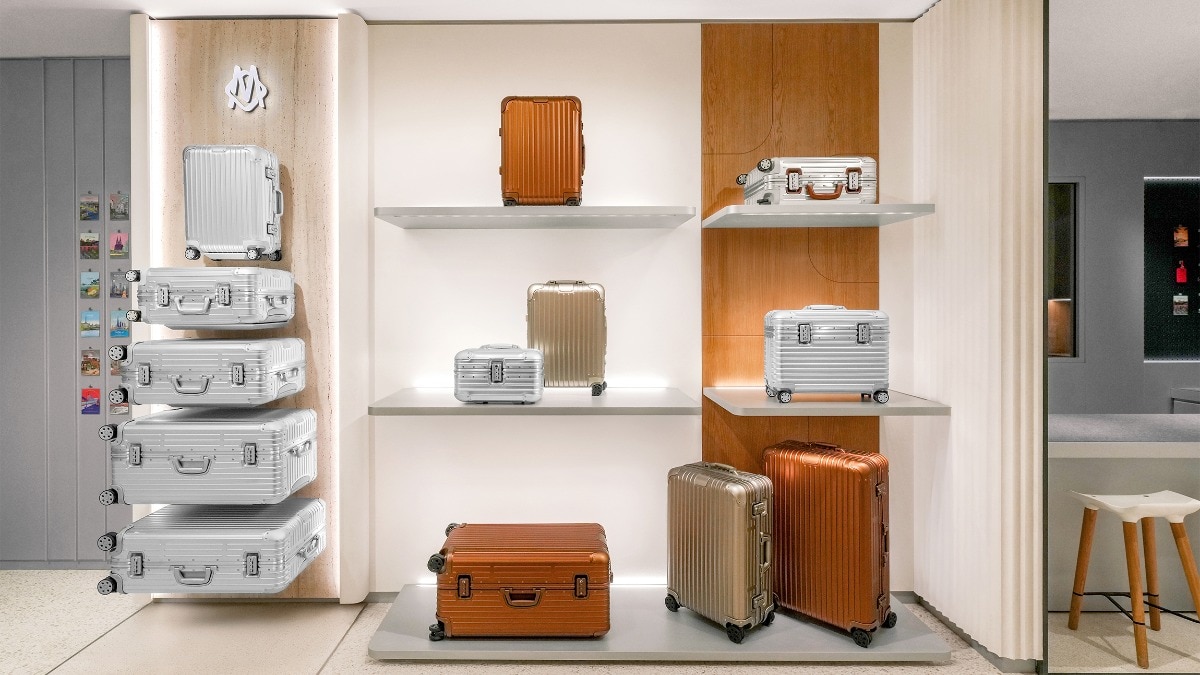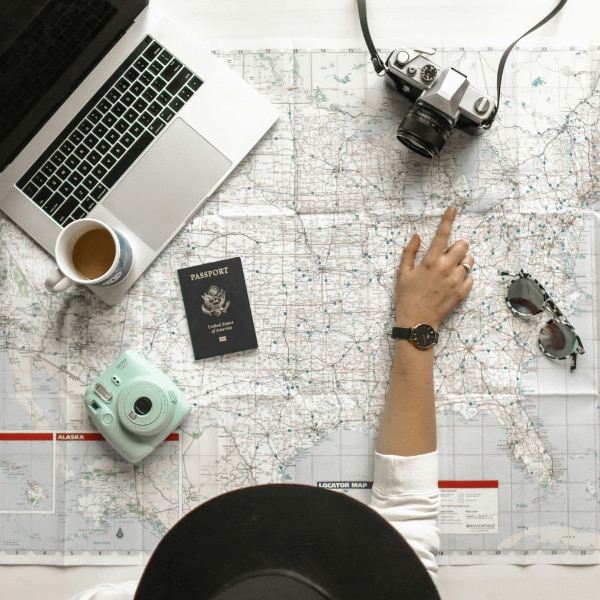
What is travel dysmorphia—and are you quietly suffering from it too?
A new kind of anxiety—travel dysmorphia—is reshaping how we see the world, and ourselves.

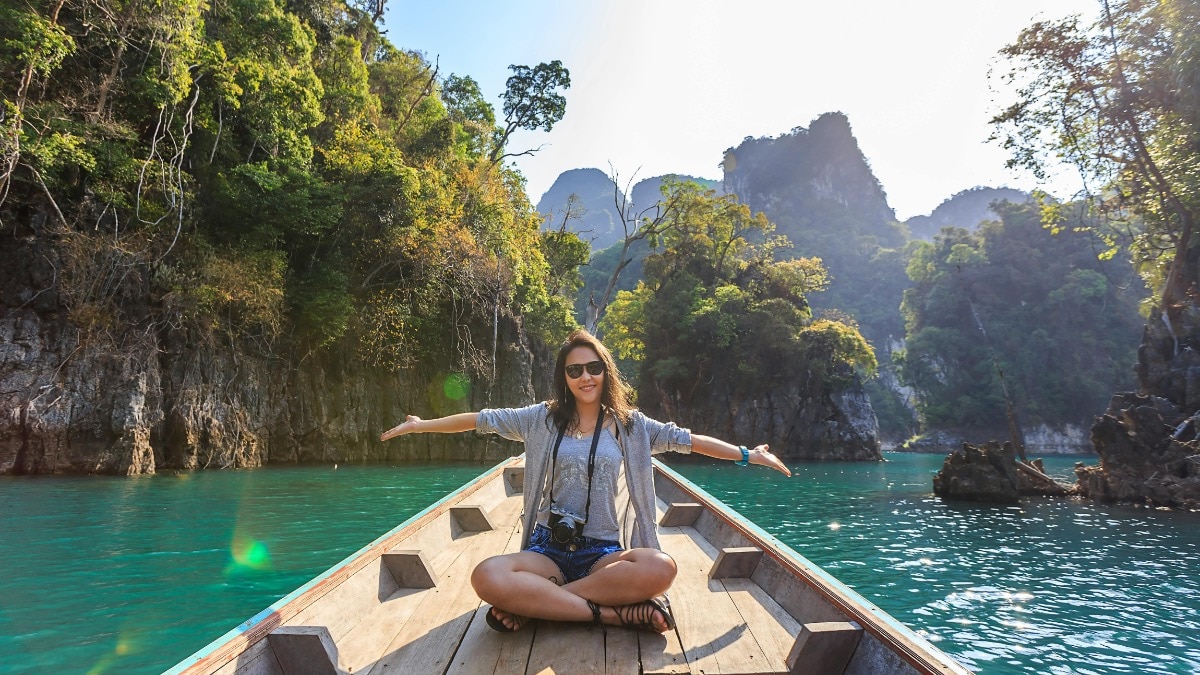
Prateek, 29, calls himself a globetrotter online—but in the past year, he’s only managed two short trips. “I don’t travel much anymore,” he admits. “But I’m always daydreaming about eating pasta in Italy or visiting the Eiffel Tower.”
Lately, those daydreams have turned sour. “I’ve become irritable and unhappy,” he says. “I even blame my parents for not giving us a secure life. Every time I open Instagram, someone’s in Paris or Italy—and it makes me feel angry, envious, and like I’ve failed just because I can’t travel.”
As social media continues to blur the line between genuine experience and curated optics, psychiatrists are observing a subtle but growing psychological phenomenon: travel dysmorphia.
Coined to describe the unease that arises from constant comparison and the pursuit of “Instagram-worthy” experiences, travel dysmorphia isn’t a formal diagnosis, but its emotional symptoms are increasingly familiar: dissatisfaction, self-criticism, and a creeping sense that one’s life is incomplete without movement.
The new status symbol

“Travel has evolved into a marker of self-esteem, social status, and even identity,” says Dr Paramjeet Singh, consultant psychiatrist at PSRI Hospital. “In the era of algorithmic validation, travel dysmorphia reflects the emotional fallout of constant social comparison. It’s not a disorder—it’s a mirror of how culture and technology shape our self-worth.”
In today’s attention economy, travel isn’t just movement—it’s performance. The symbols of travel, Dr Singh explains, have become shorthand for success: the beach sunset, the business class selfie, the hidden café in Lisbon. “For many, the proof of happiness lies in being seen elsewhere,” he says. “The images are no longer memories—they’re markers of achievement.”
This performative loop, he notes, has intensified in recent years. As social feeds overflow with travel reels, curated itineraries, and “hidden gems,” the pressure to keep up has quietly become psychological. “People feel a sense of inadequacy for not being able to travel, or guilt for not posting enough when they do,” he says. “It’s a paradox—travel becomes less about joy, more about validation.”
The Paradox of Perception
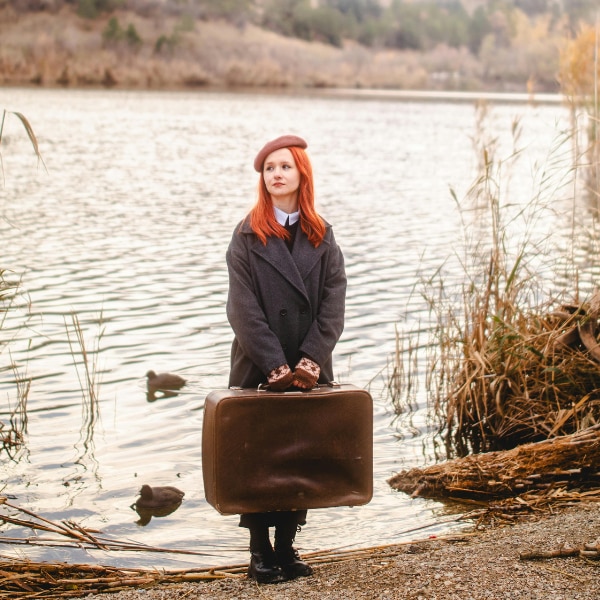
For travel influencer Akshita Narang, who has over half a million followers, that paradox is all too real. “People often tell us, ‘You’re living the dream,’” she says. “But social media is an illusion. What people see online are our best moments, not the missed flights, the fatigue, or the financial strain.”
Over time, Narang has attempted to balance aspiration and honesty. “I now share behind-the-scenes stories—visa rejections, bad weather, burnout—because I want people to understand that travel isn’t perfect. It’s human,” she says. “My goal isn’t to flaunt a lifestyle, but to show that travel is possible, even imperfectly.”
Psychologists say this honesty is crucial. “The highlight reel effect distorts our emotional expectations,” explains Dr Pavitra Shankar, associate consultant, psychiatry, Aakash Healthcare. “When people constantly consume idealised travel content, they internalise it as a standard for happiness. The brain starts associating fulfilment with the idea of being elsewhere. Over time, this leads to anxiety, discontent, and emotional fatigue—what we now describe as travel dysmorphia.”
The ‘Someday’ Mindset

But for many, travel dysmorphia doesn’t just stem from comparison—it’s the ache of deferral. The “someday” mindset, as Dr Shankar calls it, is the quiet belief that happiness will arrive once we can afford that trip, get that visa, or post that reel. “It creates a perpetual sense of waiting,” she says. “We suspend joy until we achieve something visible, forgetting that contentment is built in ordinary days.”
This mindset, she adds, can be emotionally exhausting. “We’ve made travel the benchmark for self-fulfilment,” says Dr Shankar. “But the truth is, travel can enhance life—it cannot replace living.
It’s a modern form of emotional procrastination—postponing joy for a future version of ourselves who will finally be ‘free’ or ‘successful’ enough to deserve it. The irony, Dr Shankar explains, is that this waiting game often reinforces dissatisfaction rather than alleviating it. “The more we tie happiness to external milestones, the more unattainable it feels. You keep chasing the next trip, the next big escape, and the gap between your reality and your fantasy only widens.”
This “someday” thinking is also quietly encouraged by social media’s endless stream of aspirational content. Travel reels, bucket-list challenges, and ‘before 30’ goals sell the illusion that meaning lies just one destination away. “We’re not just consuming travel,” Dr Shankar says, “we’re consuming the idea of a better self that travel promises. And when we can’t access that self, we feel incomplete.”
In the process, even rest becomes performative. People begin to measure their worth not by how present they feel, but by how far they’ve gone. The everyday—the café near home, the Sunday walk, the pause after work—starts to feel dull or inadequate. “But life happens in these unglamorous spaces,” Dr Shankar says. “And until we reclaim them, we’ll always be chasing joy instead of living it.”
A recent study by Su, Gong, and Huang (2025), published in the Journal of Travel Research, found that the more frequently people travel, the less they feel. Drawing on hedonic adaptation theory, the researchers found an inverted U-shaped relationship between travel frequency and emotional intensity—meaning that while travel initially heightens joy, the excitement eventually plateaus into emotional numbness.
“The better we get at travelling, the harder it becomes to feel the thrill of it,” the study notes—a finding that underscores how even the pursuit of novelty can dull our sense of wonder.
Learning to Feel Again
According to Dr N Hemalatha, a consultant clinical psychologist at KIMS Hospitals, Secunderabad, happiness is “a balance between internal and external sources”. When that balance tilts too far toward external validation, satisfaction fades. “If your happiness depends on how others view your experiences,” she warns, “its longevity will be short-lived.”
Breaking free from travel dysmorphia isn’t about rejecting travel or deleting apps—it’s about re-learning how to inhabit your own life. Here are five ways she suggests recalibrating that balance:
Reclaim curiosity: Instead of chasing distant novelty, rediscover the unfamiliar in the familiar. Walk through your city as if you were visiting it. Curiosity is an attitude, not a ticket.
Travel with intention, not impulse: Before planning a trip, ask why you want to go. Is it to rest, to learn, to escape, or to post? Setting emotional intentions grounds travel in meaning rather than performance.
Allow for boredom and stillness: Constant movement can dull emotional sensitivity. Permit yourself to stay still—to be at home, to pause, to let absence make experience vivid again.
Practice emotional unpacking: Just as we unpack bags after a trip, we need to process experiences. Journaling, conversations, or quiet reflection can help turn fleeting moments into lasting insight.
Redefine what ‘elsewhere’ means: Travel dysmorphia thrives on the idea that fulfilment lies somewhere else. Counter it by building rituals of wonder in your daily life—the morning light on your balcony, a café conversation, the rhythm of ordinary days.
Because in the end, as Dr Hemalatha reminds us, “The point of travel was never to escape life, but to return to it more awake.”
Images: Pexels
Also read: Iconic cafés from around the world frequented by legendary writers
Also read: The viral gut health trend everyone’s talking about

